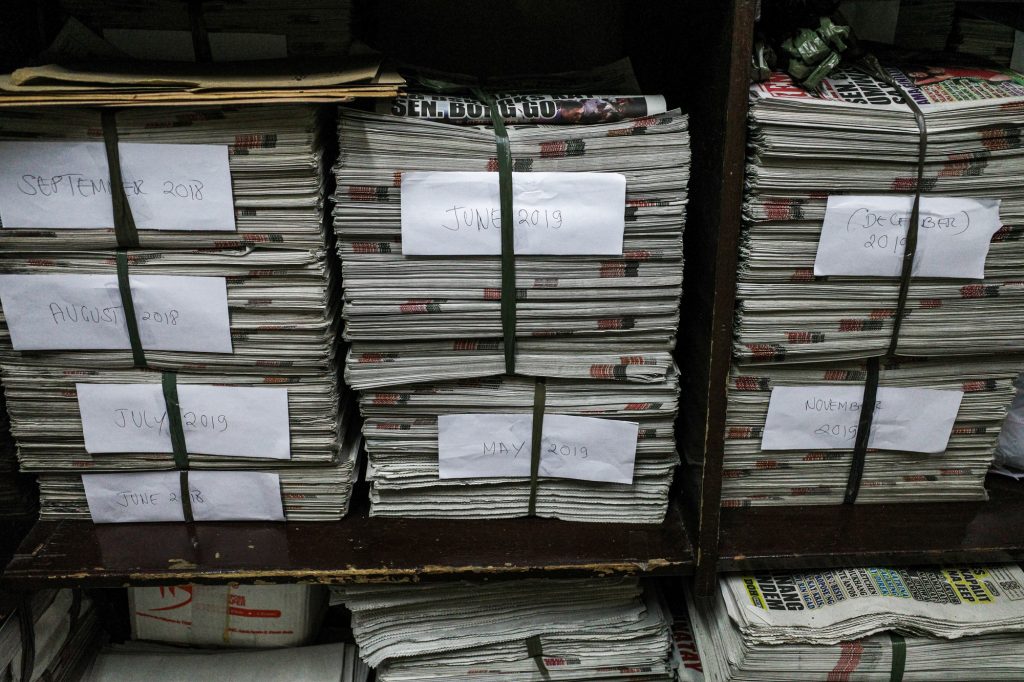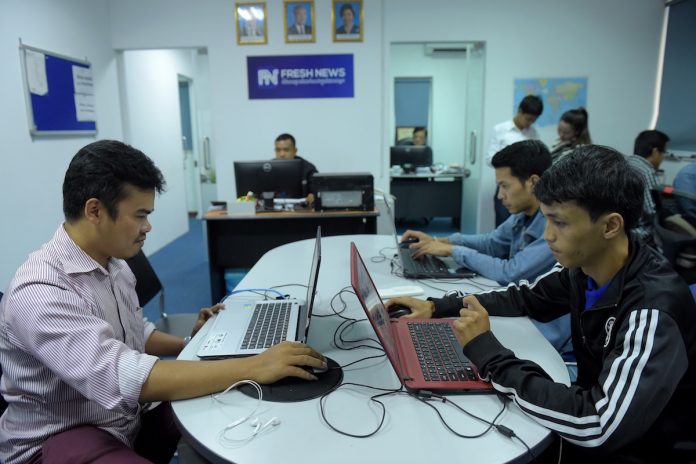Today, we think as little of facts as we do the number of those who have succumbed to COVID-19. Life is stressful enough without this outpouring of grief getting in the way of all attempts by the living to remain alive.
Pandemics, as well as the greater infection of official foolhardiness, are such that they breed an even darker foreshadowing of the future, what with key players fumbling left and right as to how they would go about providing the public a vaccine at the least possible cost to their political reputation.
Pfizer would’ve done well to manufacture an antidote against this sort of madness. I mean, if they can come up with a blue pill that can “raise the dead,” they might have what it takes to resurrect brain cells while they’re at it.
Speaking of grey matter, then comes a Philippine STAR report on a recent study by the Ateneo de Naga University (AdNU). Suffice it that its conclusion kicked me more than my morning coffee: “An overwhelming majority of senior high school to doctorate students in the Bicol region cannot distinguish a news item from a paid editorial article.”
The report by Enrico Berdos of Vera Files quoted AdNU associate professor Margarita Fajardo as saying, “More students identified the branded content article as the more credible article based on confirmation bias, reputation, coverage and writing style.”
Out of 424 respondents, only one made the right distinction. Not really all that surprising regardless of the practice of many newspapers to label articles as either belonging to the main pages for reportage and opinion, and those published in the press release section.
I made the effort to search for the aforementioned study but never got around to finding it online.
Just the same, given only meagre information as to the how the study was conducted, to me, it is the final nail on what I had feared all along: the dearth of the powers of judgment and comprehension among our current crop of students. Or is it?
The STAR’s report took me back to my early days in the newspaper. I was assigned to write a piece on foreign direct investments (FDIs) for pages reserved and paid for by companies supporting the 1996 Asia-Pacific Economic Cooperation (APEC) convention held at the Subic Bay Freeport Zone.
I recall being handed a two-and-a-half-inch thick compilation of documents explaining what the APEC was all about. As I read the documents, more so the ones devoted to FDIs, I decided to expand the piece by searching for other materials on the topic.
I’ve probably read the equivalent of a full 300-page novel and interviewed a couple of experts before deciding to write my piece. After having noted down the pros and cons of FDIs based on academic studies from various countries, I set out to beat the deadline.
Suffice it that on the morning the article appeared, I received a call from then Senate President—if memory serves, it was Ernesto M. Maceda—thanking me for writing an “original piece” on FDIs. Apparently, most papers at the time thought it more reasonable to publish the documents in toto, others with very slight changes to them.

I’m relating this story to make a point: first of all, a paid supplementary article or advertising piece—be it on products or political personages—doesn’t necessarily mean it is not factual. In the article I wrote, I presented several sides of the issue, bearing in mind how different countries have different laws pertaining to their economy. How these differences fare in the overall economic thrust of the APEC in the region was worth looking into.
Readers likewise should not assume that a one-sided piece is riddled with inaccuracies. Why? Because journalism ethics require facts. A supplementary feature article on, say, a new hotel or a tourist destination, is expectedly one-sided as it would naturally highlight its services. Unless proven otherwise, it’s unfair to assume outright that it’s a fabrication.
Where I formerly worked as editor-in-chief of a magazine, it’s a standing editorial policy for reviewers of certain products, like laptops or other digital devices, to test the gadgets in relation to the performance of other branded gadgets.
When writing for the regular pages, a multiple gadget review can go a long way to assessing the quality of the product than to publish in toto a simple single-product press release.
In the magazine, we’ve reserved a couple pages—all marked for advertising—for company media releases. There was no mistaking them for regular articles because advertising driven pages were oftentimes marked as “paid” or “advertorials”.
Interviews with political personages follow the same editorial policy, at least, where I worked as EIC. We asked the tough questions. We provided context to the stories we publish. On the rare occasion we allow the publication of advertising material, the agreement is to have a few pages dedicated to an interview where tough questions will be raised.
While newsrooms have the basic tenets down pat, different newsrooms employ different editorial policies. Some tolerate press releases on regular pages. Others allow a one-sided story on a certain day, only to be refuted by another story the next. Stories depend on available vetted information and it takes a while to gather all that’s needed to complete a story.
Regardless of varying editorial policies that make it “easier” for people to tell between a news item from paid advertorial, the difficulty will remain if and when readers choose to believe anything at face value.
The government’s red-tagging of suspected “communists,” for example, should always be taken with utmost caution if only for the fact that the State has had a track-record of charging anyone without solid evidence.
Thus, there is no “easy” way to approach and deal with information. Instead of finding trouble-free ways to tell a trustworthy piece from propaganda, here are my suggestions:
I encourage everyone to read. Learn as much on a particular topic as you can. Backroom knowledge helps in giving the reader the bigger and more thorough perspective.
In this era where information is right at the tip of your fingers, there is no excuse for gullibility. When seeking reliable information, search reputable websites. I suggest going to mainstream and alternative media, likewise the academe. Search out writers and journalists, experts you can trust.
There is a context to every claim, hence the importance of interpreting every story by going back into history, law or established legal processes. How easy it is to fall naïvely for this government’s red-tagging campaign without a thorough knowledge of the purpose and words of the Bill of Rights. This knowledge safeguards the reader from making unnecessary or even dangerous conclusions.
Evaluate the information as you would evaluate a product sold in the market. Is this real or fake? Fresh or spoiled? Test and weigh everything. Use your curiosity in the same token as when you’re shopping for a brand-new piece of jewelry or any product of value on the internet. You don’t want to end up with a fake or a busted cellphone.
More importantly, wrestle with your own thoughts. Analyze the information you have in your hand. Argue with yourself and your own initial conclusions. Get your hands dirty and start quarrying for more facts.
Power and authority are nevermore the measure of what is true than the polish and patina of plated “gold”. One would be hard pressed to tell the difference between real gold and fake gold from a distance. Thus, I suggest you come closer.
There’s no easy way to go about knowing the facts. To many, the search for facts and truths has been a lifelong task. You don’t get rich by sitting on a gold mine. Digging is a good way to begin.
Joel Pablo Salud is an editor, journalist and the author of several books of fiction and political nonfiction. The views and opinions expressed in this article are those of the author and do not necessarily reflect the official editorial position of LiCAS.news.









